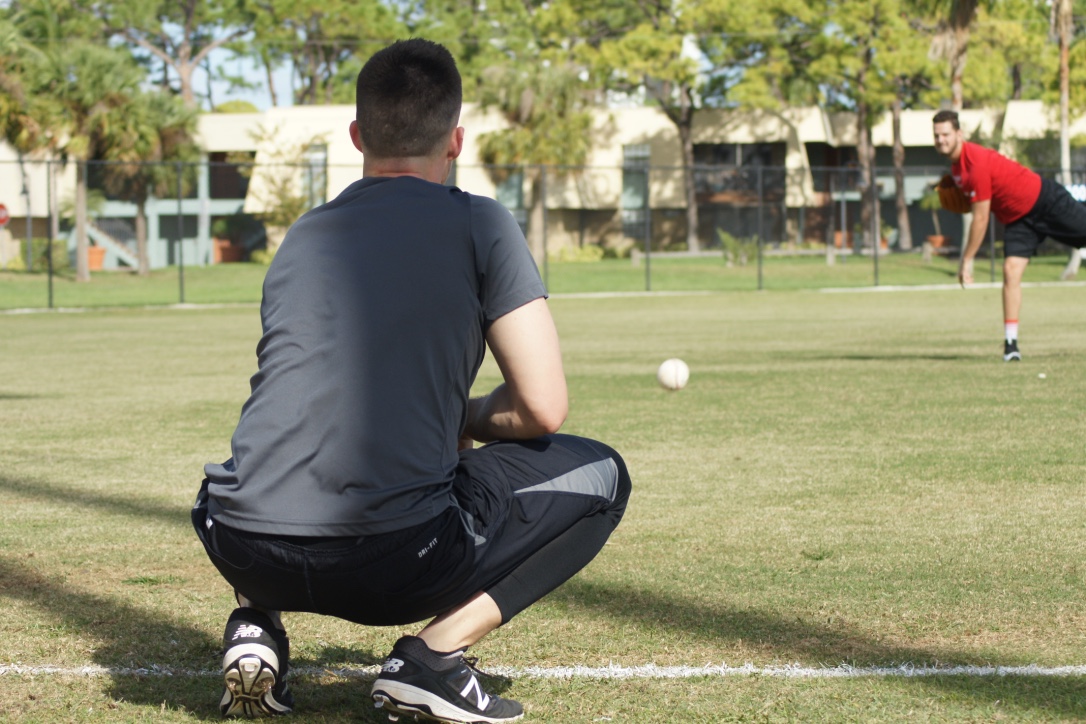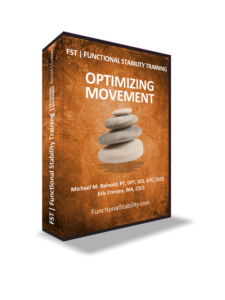
Random Thoughts on Sports Performance Training – Installment 32
In light of the busy baseball offseason, I’m long overdue for an update to this series. So, here goes!
1. Have a long-term plan, but not necessarily a long-term program.
The other day, an observational visitor to CSP-FL asked me if I had a big, overarching goal for all our professional baseball players. My response was simple: “Minor league guys need to get through five 4-week programs, and big leaguers need to get through four.”
The MLB regular season always ends on a Sunday, so the math is actually easy to do. We know most MLB guys report around February 14, which gives us 19.5 weeks for the offseason. That 3.5 week “buffer” accounts for some time off, some vacation, a few days over the holidays, and travel to Spring Training. We “give” a little bit on guys who played well into the postseason in the previous year.
Over this 16 weeks of training, we transition from active recovery, improving mobility and building work capacity, to building strength and power, to transitioning into more specific skill development. It’s all something we’ve become comfortable handling as long as we can get in those four program blocks. However, while we have a long-term plan, we don’t write all the programs up in advance. Why? Very simply, what you put on paper for a January program when you write it three months in advance almost always needs to be modified prior to the time when it’s actually being executed. Even the best players on the planet who’ve established really good offseason routines have to call audibles on the fly as various things come up throughout the offseason.
Have a general framework in place, but don’t be so rigidly adherent to it that you can’t pivot on the fly over the course of several months. It’ll save you time and make your programming more effective if you write the specific components of your offseason progressions when the time is at hand.
2. Good coaching always comes back to relative stiffness.
Give this video of a back-to-wall shoulder flexion a watch:
Now, think about what’s happening from a stiffness standpoint. When the arms go overhead, we’re asking good stiffness of the anterior core (rectus abdominus, external obliques), glutes, and scapular upward rotators (upper trap, lower trap, and serratus anterior) to overpower bad stiffness of the lumbar extensors, lats, and scapular downward rotators (levator scapulae, pec minor, and rhomboids).
This good vs. bad stiffness interaction is taking place in every single movement we prescribe and coach. If we don’t appreciate functional anatomy and understand how to tone down the bad and tone up the good, we simply can’t be efficient coaches.
If you’re looking to learn more about relative stiffness, I’d encourage you to check out Functional Stability Training: Optimizing Movement.
3. Be careful with predicted max charts.
Last week, I hit a personal record (PR) with five reps at 600lbs on my conventional deadlift.
PRs aside, though, it was actually a pretty good example of how off the predicted max charts really are.
After this set, I plugged 600 pounds and 5 reps into four separate predicted max calculators I found on the internet. The projections for my 1RM were anywhere from 675 pounds all the way up to 705 pounds. That 675 might be a possibility, but taking that to a 705 might very well be two years worth of specialized deadlift training.
Predicted max calculators have their place, but don’t think for a second that they’re perfectly accurate. And, they’re even less accurate with a) more experienced lifters and b) lifters with a heavy fast twitch profile.




